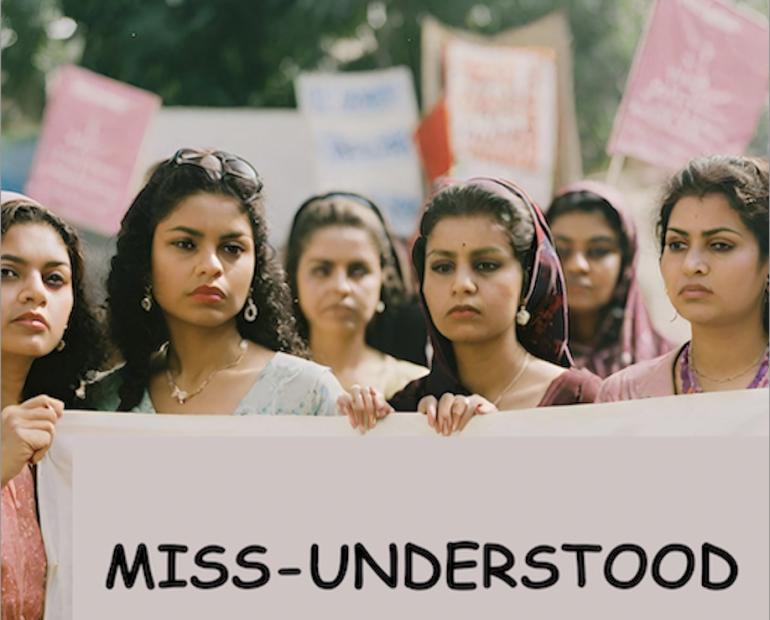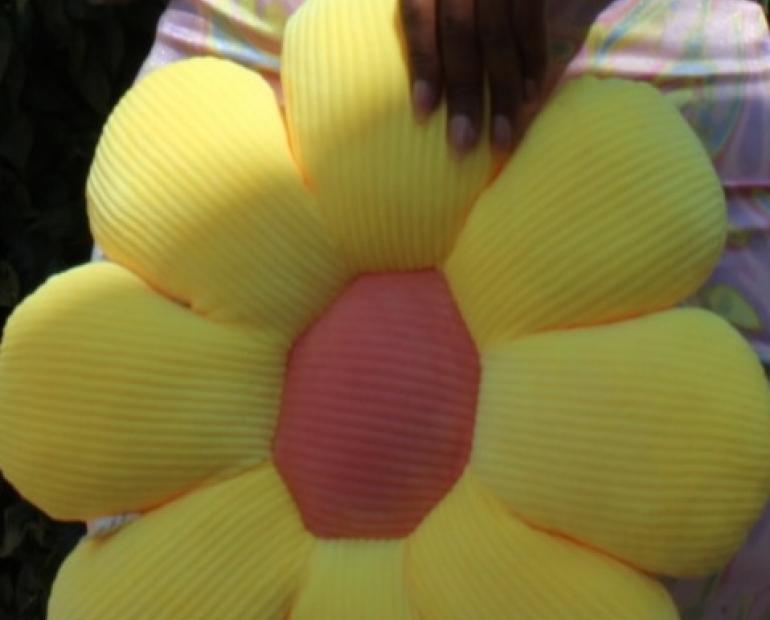
Picture this: You're going about your day, and suddenly you feel a familiar trickle. Panic sets in when you realize you're out of menstrual products. You ask your friend, but she doesn't have any either. You rush to the restroom, only to find that the dispenser is empty. You're left with no choice but to use an uncomfortable and unsanitary cloth as you hurry back home. It's pretty unnerving, right? Unfortunately, this scenario is all too common for the millions of individuals who menstruate and face the challenge of period poverty.
Period poverty is a global issue affecting millions of menstruators worldwide. They are deprived of basic amenities such as sanitary products, education on menstrual hygiene, proper waste management, and clean toilets. It is a basic human rights issue that is often overlooked. And yet, it has far-reaching impacts on the lives and health of those affected.
According to the 2015–2016 National Family Health Survey, it was found that only 36 per cent of 335 million women use sanitary napkins. Another study has indicated that 71% of girls do not have "knowledge of menstruation before their first period," with only a quarter of adolescent girls understanding the source of their menstrual bleeding. Girls from rural areas also relied on old clothes, hay, or leaves to manage their periods, putting them at risk of infection and humiliation. Furthermore, the lack of access to clean water and proper sanitation facilities makes it even more difficult for women to maintain their hygiene during menstruation.
But period poverty isn't just about the lack of menstrual products. It's also about the lack of education and awareness around menstruation. Despite it being a normal part of life for half of the world's population, religious dogma frequently shrouds menstruation in secrecy and shame. The lack of education and awareness about menstruation and menstrual hygiene can lead to absenteeism from school, missed opportunities, and a lifetime of shame and stigma.
One of the primary reasons for period poverty is the high cost of menstrual products, particularly in India, where a "pink tax" is imposed on these products, treating them as luxury items, further imposing an additional financial burden on individuals who cannot afford sanitary products. In that case, women are more likely to prefer buying other necessities, such as food or rent, over menstrual products. On a good note, New Zealand and Scotland are doing something truly amazing—they're making menstrual products freely available to everyone! That's right, no more panicking when Aunt Flo comes knocking because these two countries are ensuring that all menstruating individuals have access to the hygiene products they need. It's a major step forward in promoting menstrual health and hygiene, and it's about time we give it the importance it deserves.
So, what can we do about period poverty? First and foremost, we need to talk about it. We need to break down the taboos and stigmas associated with menstruation and begin having open and honest discussions about what it means to be a menstruating person. Start by spreading the word about period poverty. Talk to your friends and family about it so we can educate and equip all the people who menstruate to manage their periods safely and confidently.
We also need to address the systemic issues that contribute to period poverty. This includes advocating for policies and programs that provide free menstrual products to those in need and ensuring access to clean water and sanitation facilities. It is essential to recognize that menstruation is a natural and normal part of life, and people who menstruate have the right to manage their periods with dignity and respect. Access to menstrual products is not a privilege; it's a basic human right.
References
1. van Eijk AM, Sivakami M, Thakkar MB, et al.Menstrual hygiene management among adolescent girls in India: a systematic review and meta-analysis, BMJ Open 2016;6:e010290; doi: 10.1136/bmjopen-2015-010290
2. Menstrual Hygiene Day Facts: Only 36 percent of the women in India use sanitary pads during their periods (Menstrual Hygiene, ndtv.com)
3. Menstrupedia Blog | Official Blog of Menstrupedia
4. Period Poverty in India — The Pink Project (thepinkprojectca.org)






